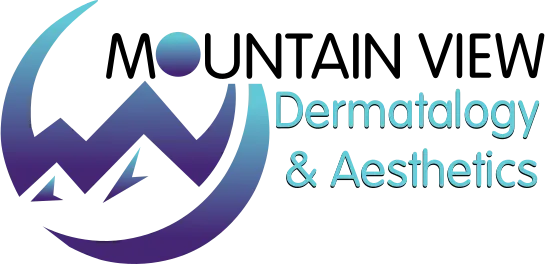
What is Actinic Keratosis?
Actinic keratosis (AK) is a rough, scaly, crusty lesion that develops on sun-exposed areas of the skin. It most often appears on the lips, face, scalp, ears, shoulders, and other areas frequently exposed to sunlight. These lesions usually develop slowly, may disappear and reappear, and often occur in multiples—referred to as actinic keratoses. They can be itchy, uncomfortable, and sometimes inflamed.
Request an AppointmentDuring a skin evaluation at Mountain View Dermatology and Aesthetics, our team carefully examines lesions and may use dermoscopy to aid in diagnosis. Because actinic keratosis is considered a precancerous condition, untreated lesions may progress to skin cancer. For this reason, removal of the lesions is often recommended and discussed during your visit in Tucson, AZ.
What are the Treatment Options for Actinic Keratosis?
Early diagnosis and treatment are key to preventing actinic keratosis from developing into cancer. The most suitable treatment option depends on factors such as your age, health, skin type, and the severity of the lesions. At Mountain View Dermatology and Aesthetics, Dr. Marc I. Epstein and his team may recommend one or more of the following treatments:
- Cryosurgery: Uses liquid nitrogen to freeze and destroy lesions
- Electrodesiccation and curettage: Scraping the lesion down to a healthy layer of skin
- Prescription medications: Topical therapies to reduce lesions and minimize scarring
- Chemical peels: Removes the damaged top layer of skin to promote new growth
- Photodynamic therapy (PDT): A two-step treatment involving a light-sensitizing medication followed by targeted light exposure to destroy lesions
What are the Symptoms of Actinic Keratosis?
Symptoms often begin subtly and may progress over time. Common signs include:
- Sudden itchiness or irritation, sometimes with inflammation
- Changes in skin texture, often becoming rough
- Red or discolored patches of skin
- Development of a scaly, bumpy surface
- Thickened or enlarging lesions
